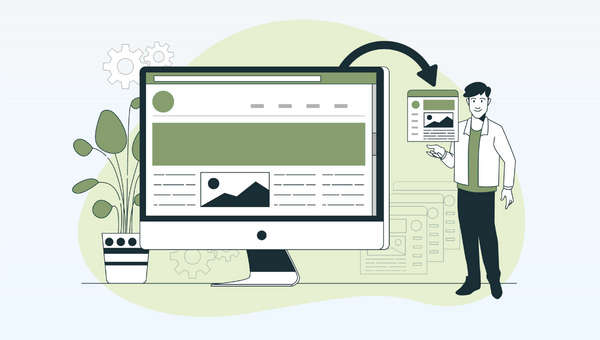Starting a new job can be one of life’s most intimidating experiences. No matter how excited you are about taking on new challenges, meeting new people, and making your mark with a new organization, a new job always comes with more than a little uncertainty.
“What will my workday be like? Who will I answer to? Will I fit in? What’s expected of me? How do I get started on the right foot?” These questions swirl through an employee’s sleepless mind the night before the first day on a new job.
Onboarding can be just as worrisome for employers. When new hires feel out of place or overwhelmed, they can quickly decide to resume their job search. Nearly 70% of employees are likely to stay at least three years with a company if they feel they’ve been properly onboarded.
For nervous new hires and employers looking to help them get acclimated quickly, onboarding portals provide reassurance and enable smooth transitions.
What Is an Onboarding Portal?
Also referred to as onboarding microsites, onboarding portals are one-stop information sources providing everything a new hire needs to know to begin work successfully. Onboarding portals can be shared with in-person, remote, and hybrid workers and can replace or supplement the orientation meetings, handbooks, and email dumps typically used for onboarding.
The most effective onboarding microsites are mobile friendly (accessible anywhere, 24/7) and deploy a mix of text, interactive content, and video to communicate with new hires.
(Read our recent article to learn how to create smart goals for onboarding plans.)
Free Checklist for Building An Onboarding Portal
We’ve converted this article into an easy-to-use checklist. It has 24 items broken down across four portal sections
5 Sections to Include in Your Onboarding Microsite
Employers like HubSpot populate their onboarding portals with content ranging from the practical to the cultural to the silly. Anything you want your newest workers to know, and anything they want to know about working for your company, make suitable material for your onboarding portal.
Your onboarding website’s sections can include:
1. Benefits-Enrollment Information
A significant amount of the typical new hire’s onboarding time is consumed with learning about and enrolling in benefits. By centralizing benefits information — including enrollment deadlines, plan documents, and links to vendor sites — your onboarding portal can help simplify the benefits-enrollment process, reducing questions and confusion.
Many onboarding sites include short explainer videos designed to demystify complex benefits concepts, such as how an HDHP works and the difference between a PPO and an HMO.
2. Technology Download Links and IT Information
Getting set up with the right equipment and software is another staple of onboarding. And, with so many employees working remotely these days, ensuring everyone has the tech they need to get the job done is more difficult than ever.
Your onboarding portal can help streamline the process of getting fitted out for a new job with self-service links to downloadable software, an IT checklist, how-to videos, and easy access to tech support.
3. Email Addresses and Phone Numbers to Know
Your onboarding microsite can double as a company directory (also helpful for remote and hybrid workers), listing how to get in touch with key departments and individuals. You can even include important external contacts (such as that incredible pizza place around the corner).
4. A Company-Culture Guide
For many new hires, the most stressful aspect of joining a new organization is adapting to the company culture. Most workplaces have countless “unwritten rules,” which new hires are left to discover on their own.
Your onboarding portal can make these unwritten rules explicit, answering common culture questions, such as:
- How formal or casual is the dress code? What should I wear for a Zoom call?
- Is the company’s overall vibe fun loving, buttoned up, or something in between?
- What are the company’s shared values?
- Can I bring my dog to work?
- Is anything off limits to discuss at work?
- What kind of social events does the company offer? How can I get involved?
Fun videos featuring real employees make excellent company-culture content.
5. A Day-One (or Week-One or Month-One) Schedule
Imagine how much less anxiety you’d have starting a new job if you knew exactly what would happen during your first day.
To help ease your new hires’ first-day jitters and set expectations, your onboarding portal can include an hour-by-hour day-one schedule. Overviews of the first week or month can also be quite reassuring.
Using HR Microsites Beyond Onboarding
HR microsites make effective onboarding tools, but they can be used for so much more: hosting a virtual benefits fair, providing access to training resources, and attracting top talent, just to highlight a few possibilities. Click here for a free demonstration to see how lightweight microsites can transform your HR communications.

